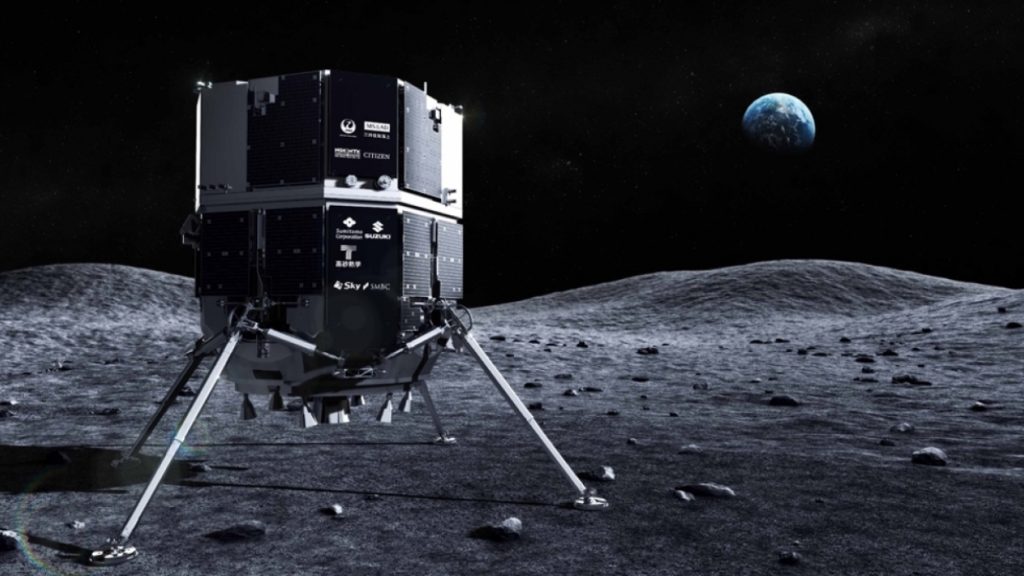
In April 2023, private spaceflight company ispace launched the HAKUTO-R Mission 1 (M1) lander, meant to touch down in the Atlas crater on our Moon on April 25. ispace is a Japanese robotic exploration company that competed in the Google Lunar X Prize (GLXP), sometimes called Moon 2.0. They were awarded $500,000 for the Mobility Subsystem Milestone Prize, which aims to demonstrate a mobility system allowing a spacecraft to move 500 meters after landing.
Had the launch of M1 been successful, it would have been the first lunar landing accomplished by a commercial mission. The lander launched on December 11, 2022 from Cape Canaveral, Florida, on SpaceX’s Falcon 9 rocket. However, ispace lost contact with M1 when it was around 90 meters above the surface of the Moon. “We have to assume that we could not complete the landing,” said ispace chief executive Takeshi Hakamada.
The lander was carrying the Rashid rover, developed by the Mohammed bin Rashid Space Centre in Dubai. The rover would have studied particles in the lunar soil and the geological properties of the Moon’s surface. Knowing more about the geological composition of the Moon has great scientific implications for meteorite science, specifically lunar meteorites.
Although the lander didn’t make it to the Atlas crater, ispace plans a second attempt at a lunar landing in 2024. While the world waits, discoveries are still being made from the samples brought back to Earth by China’s Chang’e-5 Moon mission in 2020. Their craft landed in the Oceanus Procellarum, the “Ocean of Storms,” and picked up the youngest-ever Moon samples returned to Earth.
At 1.2 billion years old, these Moon rocks are much younger than Apollo return samples, which ranged between 3.1 and 4.4 billion years old. Ongoing study of these samples, from the Apollo and the Chang’e-5 missions, is changing what we know about the Moon, the impact craters we see on its surface, and lunar meteorites.
For example, scientists have discovered water beads in the lunar dirt collected from the Oceanus Procellarum by China’s spacecraft, leading them to believe there is a new and renewable source of water on the Moon for future space explorers. Ongoing study of these samples can tell us more about lunar meteorites too—the future is bright for meteorite science and spaceflight alike.
⋆ ⋆
⋆
⋆